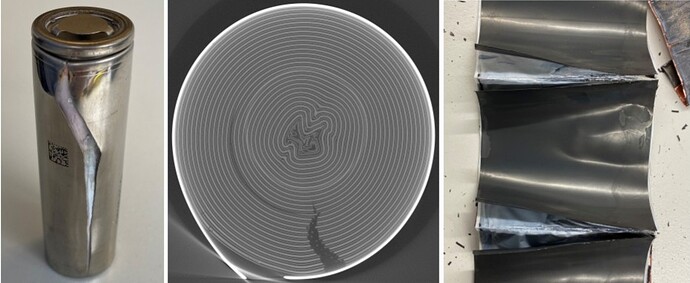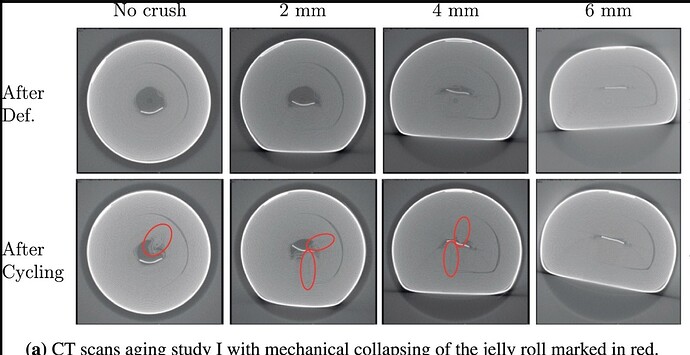Can you take a picture of your unwrapped Sofirn 3000mAh 18650?
I almost always order Sofirn flashlights including batteries.
I notice that the 3000mAh 18650 varies.
Earlier (sometime 2018-2019 or 2020), the Sofirn 3000mAh 18650 generally use DLGH “3200mAh” 18650 batteries inside.
Then sometime during early pandemic (2020 or so), these changed to the BAK (2900mAh?) 18650 (easily noticeable since these have a “ring” at the bottom)
Lately, I notice the Sofirn 3000mAh 18650 seem to be different batteries again (I have not tried unwrapping any of them though), but I do capacity test, measure their weights, and measure the AC IR resistance reading (using YR1030 battery resistance meter). And the AC IR resistance / capacity test vary again. I just am not sure what 18650 they are using recently.
Regarding self-discharging Sofirn 18650 - thus far, I have encountered I think once only (I suppose I have already encounered at least 100pcs Sofirn 3000mAh 18650 batteries by now). So it seems a pretty low chance of a self-discharging battery. Must just have been a bad sample (at least I think so, or am lucky not to experience much of them yet).
Now regarding the Sofirn 21700 that sort of self-discharges.
Again, Sofirn 21700 use many different batteries internally.
The Sofirn 4800mAh 21700 appear to be Tesla based (these “4800mAh” labeled Sofirn 21700 were only for a short time, now Sofirn only has 4000mAh and 5000mAh labeled 21700 batteries sold with their flashlights)
The Sofirn 5000mAh 21700 can be Lishen LR2170SD (a bit wider diameter like 21.5mm more or less), or can be Tesla based (closer to 21.0mm diameter). But there are also I think at least 2 other types, which I don’t know what is the OEM. (can differentiate based on the top design, weight, diameter, AC IR resistance check).
On the other hand, the Sofirn 4000mAh 21700 used to be usually Lishen LR2170SA (some with bottom ring, some without the bottom ring, and these have a diameter of around 21.6mm). But there is also another type of Sofirn 4000mAh 21700 that has around 21.2mm diameter. Battery weight is generally around 68-69 grams. (usually I get around 14-18mOhms AC IR reading using my YR1030 tester)
And then there is also some Sofirn 4000mAh 21700 batteries that are Lishen LR2170LA (high-drain 21700) = these have a low AC IR reading (around 9mOhms on the YR1030). The LR2170LA-based Sofirn 4000mAh 21700 have a slimmer diameter too – around 21.2mm instead of the 21.6mm of the LR2170SA. The weight of the LR2170LA is also lighter - they weigh around 65.0 grams only (around +/- 0.6g) .
In my experience, since I have also ordered Lishen LR2170LA (pink wrapper) from other battery source, I noticed that if I leave the LR2170LA for many months (let’s say the started at around 3.45v), after several months or nearly a year, these will self-discharge sometimes to 3.15v or some may be 2.90v. It looks like the LR2170LA has a little bit higher self-discharge than the common good 21700 batteries (based on my limited experience).
Could it be that the Sofirn 21700 you got is 4000mAh and based on the LR2170LA (instead of the LR2170SA based Sofirn 4000mAh 21700, which seems to have a more stable voltage, not as high self-discharge as the LR2170lA)
![]() ).
).![]()


